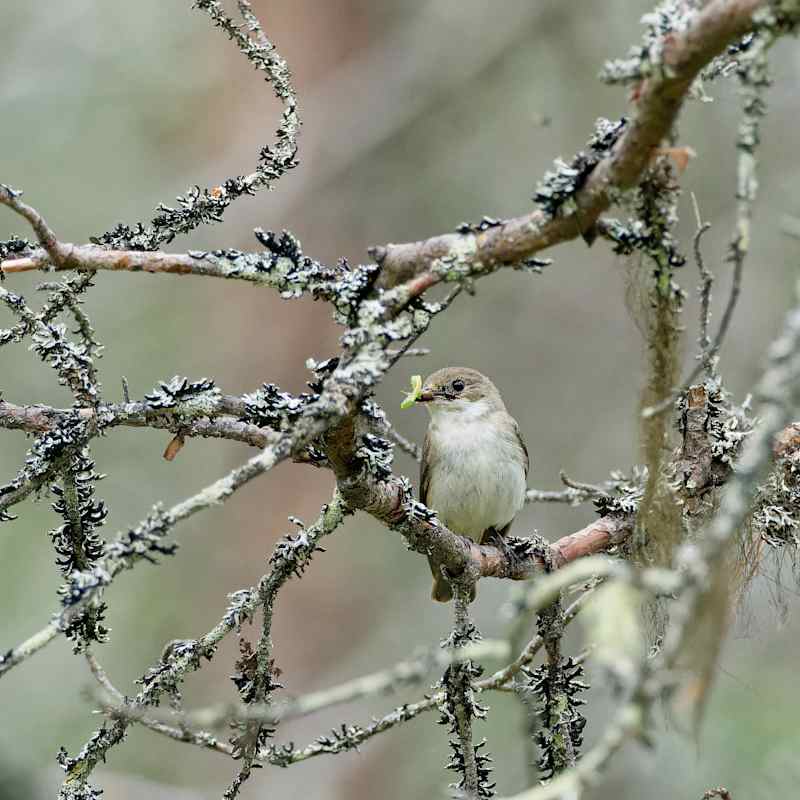Nearly 30 years of research: as moths declined, so did bird numbers in northern Finland

The results suggest that the decline of insect populations may lead to a reduction in the number of birds that eat them.
A 26-year monitoring study by the University of Oulu investigated how changes in the number of moths affect the breeding populations of insectivorous birds in Finland.
The study found a link between the number of wintering moths and the number of local birds that depend on them during the spring breeding season and the number of forest birds that migrate far away.
It was also found that the abundance of moths in the early part of the year significantly explains the abundance of birds, especially in the northern part of the coniferous forest zone.
\”This emphasizes how the interaction between species is linked to the environment and suggests that the decline in insect populations can lead to a reduction in birds that eat them,\” the university says in a news release.
The phenomenon was only observed in northern Finland
However, there was no similar dependence on the abundance of birds and the abundance of night butterflies in southern and central Finland, nor in the case of night butterflies, whose larvae are only available for birds later in the summer.
The study used 26 -year follow -up data. So comprehensive temporal and regional materials are rare worldwide. Long -term follow -up has provided this study information about nearly 80 bird species and 400 night butterflies since 1993.
